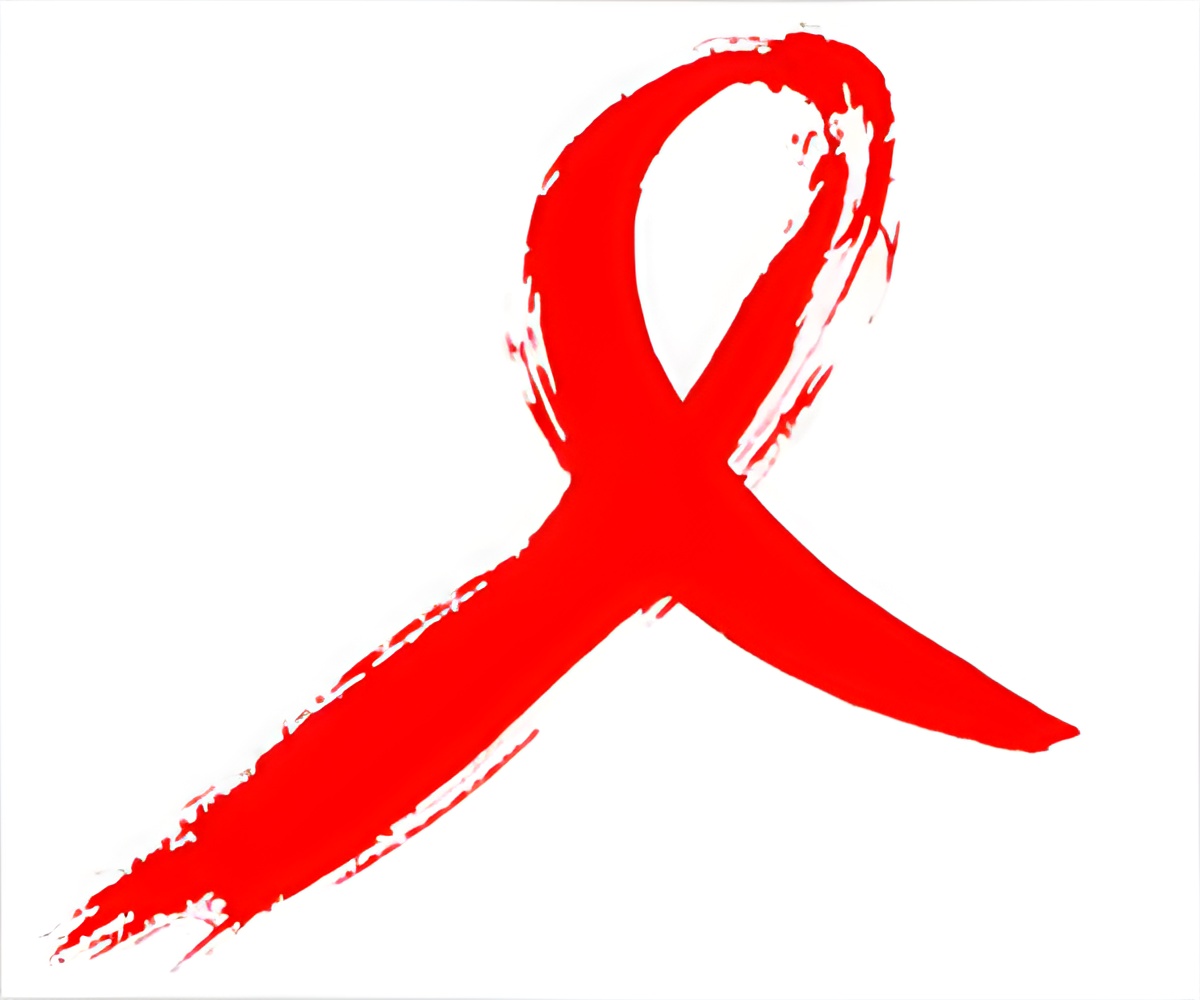
Experts put the blame for the high figure in India on the poor background of drug users as well as the draconian Narcotics Drugs and Psychotropic Substances (NDPS) Act, which criminalises the drug user along with peddlers.
"People who inject drugs face widespread discrimination, physical violence, hostility and harassment at social, medical and legal levels. This drives them away from availing services which can prevent at least the transmission of HIV/AIDS," said Francis Joseph, programme officer of the 'Hridaya' project being run by the India HIV/AIDS Alliance under the National AIDS Control Programme (NACP)- III.
He also blamed the "harsh" NDPS Act for hampering the "harm reduction programmes" in many parts of India.
"Some changes are needed in the law. It needs to be mellowed down, especially as far as drug users are concerned," Joseph told IANS.
According to a senior NACO official, though the NDPS Act in itself is very stringent, there are some provisions which allow agencies to behave differently towards drug users, but those provisions are not followed by the police and others probably because they are not aware of them.
Advertisement
An AIIMS doctor dealing with the issue, who did not wish to be named, told IANS: "Our laws and policies need to provide a fearless environment for drug users to seek help. Amendments are needed in the NDPS Act to address this."
Advertisement
Luv Verma, secretary, Department of AIDS Control, told IANS: "It is not our mandate to suggest any changes in the law. If our opinion is asked for it we will provide the same".
Another important factor, Joseph said, was the fact that most drug users in India come from poor backgrounds and share needles and syringes which makes them more vulnerable to HIV infection.
"In Manipur and Nagaland for example, there is high involvement of former drug users in such programmes," he said, adding efforts should be made to make the target population come out in the open.
The Hridaya programme, for example, helps build the capacity of service providers, makes harm reduction programmes more gender-responsive, improves access to services and advocates the rights of people who inject drugs.
According to recent NACO data, India has demonstrated an overall reduction of 57 percent in estimated annual new HIV infections (among adult population) from 0.274 million in 2000 to 0.116 million in 2011. The estimated number of people living with HIV was 2.08 million in 2011.
According to the World Health Organisation, 34 million people were living with HIV/AIDS in the world in 2011.
Source-IANS












